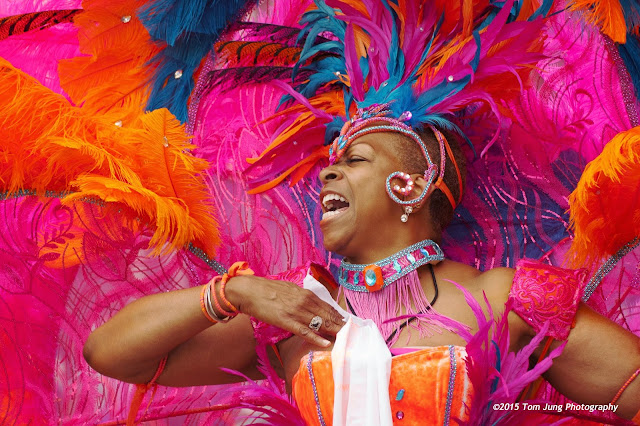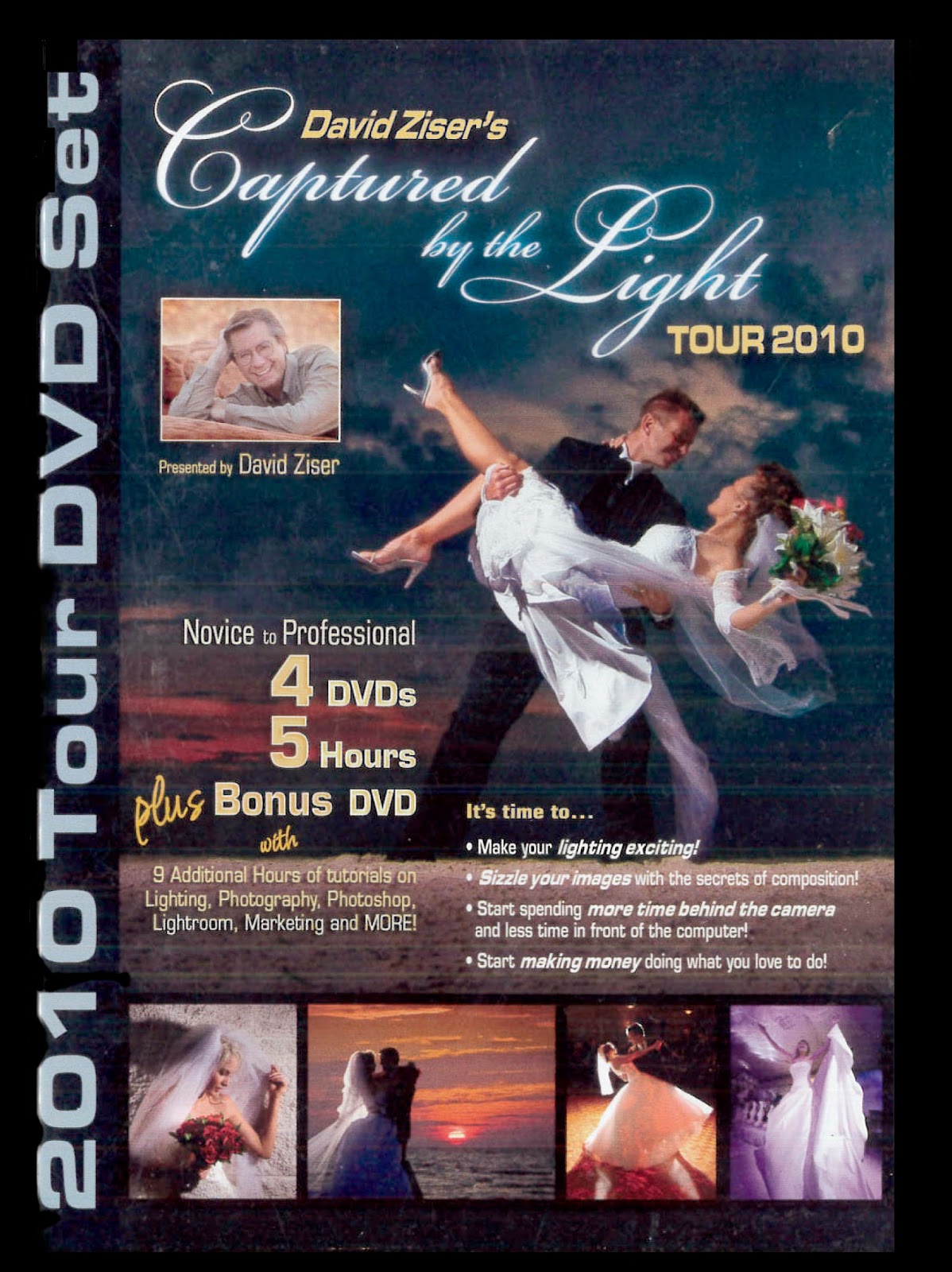The Editor In Chief of the newspaper I photograph for received an award from a statewide educational consortium representing the school I teach for. Here was an opportunity to make a photo of my two bosses.
The requirements for shooting events are pretty straight forward. Use flash. Choose a suitable vantage point. Set the camera to a relatively high ISO so that the flash recycle time will be brief. Say something so that the subjects will look your way. Consider your first shot your only shot.
This evening, I opted to aim my SB-800, zoomed to the most narrow beam angle (105mm), at the ceiling behind me so I'd get even front-to-back lighting. Camera was a Nikon D600 with a 24-70 2.8, ISO set to 800. The dining room's white ceilings would make an excellent bounce surface. I attached an SD-8a supplementary battery pack to the speedlight to cut my recycle time. Immediately after the shot is made, I'll usually say, "Hold it!", and make a quick check of the LCD display. If the shot looks reasonable, I'll make eye contact and say, "Thank you!" indicating that they are free to go.
As the recipients received their plaques, they "instinctively" turned to face the camera, something that public figures are used to doing. They usually give great smiles, and are patient enough to wait for the flash to go off, a simple indication that the shot was taken. Sure, one shot is really all you need, but what if it sports some minor flaw?
Now here's the spoiler alert: Plaques tend to be highly reflective metal.
 The shot to the left required a retake. Our honoree inadvertently tipped his award up slightly, creating a perfect reflection of the light bouncing off the ceiling behind me. This can be a problem with ceiling bounce because the bounced light source covers is so very large.
The shot to the left required a retake. Our honoree inadvertently tipped his award up slightly, creating a perfect reflection of the light bouncing off the ceiling behind me. This can be a problem with ceiling bounce because the bounced light source covers is so very large. When I glanced at the image in the LCD display, I saw what went wrong, and said, "One more, please!" and proceeded to make a second shot. (I know how to say, "Uno Mas" too!).
 Now you can simple tell your subject that the award must be tipped forward slightly, assuming that the s/he can actually hear you, or as is the case with some of my subjects, understands English. So when words fail me, I shift to Plan B and channel my inner Marcel Marceau and demonstrate, with my hands, exactly what I want my subject to do. In this case, my subject immediately got the idea, so I made the shot and gave a "thumbs up" sign, a sign that we were finished.
Now you can simple tell your subject that the award must be tipped forward slightly, assuming that the s/he can actually hear you, or as is the case with some of my subjects, understands English. So when words fail me, I shift to Plan B and channel my inner Marcel Marceau and demonstrate, with my hands, exactly what I want my subject to do. In this case, my subject immediately got the idea, so I made the shot and gave a "thumbs up" sign, a sign that we were finished.So after a bit of correction, I made a second shot.Unfortunately for me, the subjects actually changed. Sure, I now had the plaque properly rendered, but my main subject's smile turned into a smirk, and I lost eye contact with the presenter on the left.I sent both of the images to my Editor in Chief and asked him to choose. Which would you have gone with: Good Facial Expression, or Well Rendered Plaque?*
Lest We Forget: Remember that you really don't have a lot of time to make adjustments, and my making the second shot was an act of desperation. Also, if you flub it, a dining room with 300 guests will be there to witness it. And finally, like it or not, the picket fence really was the shot you were sent to get.
This photo of award recipients from a Mock Trial shows that I learned my lesson. A generally pleasing photo where I nearly got all of the "legs" properly positioned. A good shot otherwise, with everyone, save one, looking directly into the camera.
*My Editor chose the Well Rendered Plaque.






















